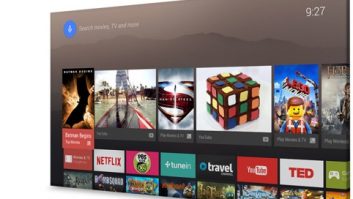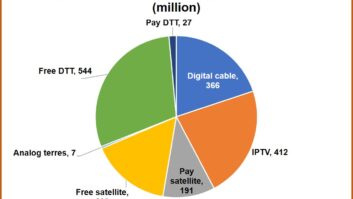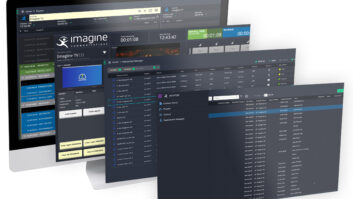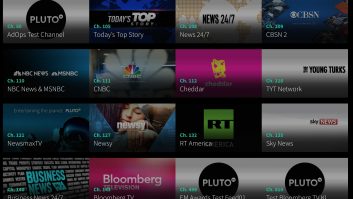Bren Hester has amassed tremendous experience within the broadcast industry, registering more than 350 international sports events, including an association with the ATP Tour since 1997. His experience includes 58 tennis majors, seven Olympics, boxing, motorsports, winter sports, athletics, and aquatics. Currently based in Rome, Hester specialises in EVS operations as well as complex event planning connecting the contributing vendors and organising the technology integration and broadcast overlay.
Here, he gives TVBEurope an insight into the work of a replay and packaging operator, the different responsibilities it encompasses and the skills needed to successfully contribute to a sports broadcast, particularly the tennis environment.
For Hester, it’s about investing an interest in the game or performance, making content that offers to support the senior production team and paying attention to the audio just as much as the vision.
What does the work of a replay operator consist of?
I think replay operators can be divided into three categories. First, the basic replay function, to be able to quickly access the various record trains, make and name a clip or in the record train quickly cue to a specific point and roll the video from that point in slow motion or real time according to the director’s instructions.
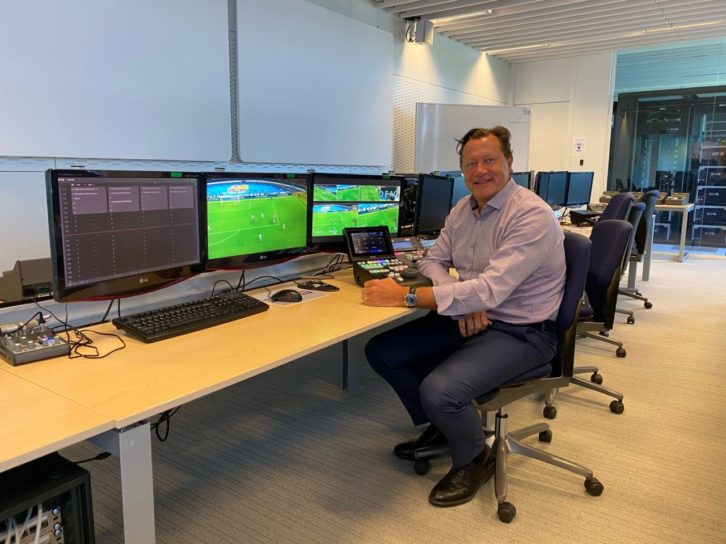
The second is to make event, match or performance highlights or analysis using a playlist, clipping off the necessary elements and sometimes combining real time, SSM or hi-motion footage. Usually the key to this is speed, so for example the highlights are available as soon ‘as the whistle blows’ and the audio continues underneath slow-motion content. The third, is specialising in roll-out or ‘bumps’ punctuating strategic times during an event or performance, bumping to a break or returning from a break. Short, creative, and quick, maybe utilising some special effects. Certain operators tend to specialise in quick turnaround playlists and are typically fast and creative.
You’ve worked on 58 tennis majors. What are some important elements to keep in mind when contributing to a tennis event?
My work has mainly concerned match highlights and the key to this is ‘story telling’ while still including the most exciting actual clean winning strokes of the ball. Nobody wants to watch a sequence of unforced errors. The other item is tightening up the original coverage to capture all the reactions and quickly getting from the match point reaction to the handshake. In the replay domain it’s key to understand how much time there is between the points to offer replays as certain players may only need 12 seconds between points, others 25. That’s a difference of between 2 and 4 replays and the associated playback speed.
Another key item in the replay function is really understanding where the cameras are positioned around the court and what those replay angles are called. This will really help anticipate which angles work best and the right sequence for playback without having to study the entire monitor wall. Typically camera 2 reveals the flight of the ball between the players, then the cameras behind the baseline, the final stroke in SSM and (time permitting) the player’s reaction.
What is the key to standing out as a replay operator?
Offering content and speed are the two key assets that help operators stand out, as well as attention to the audio and using functions such as ‘add cut’, ‘swap’, ‘replace’ and ‘other angle’. The other thing is just paying attention to what’s going on, the bigger picture – support your VT producer, not just be a mechanical function. Listen to the talent, if it’s a show where there’s commentary or a unilateral studio or in-vision component, listen to what they’re saying, have the B-Roll ready. It’s all about contributing. The features of the EVS console take a short time to master but really that’s the easy part – the best way to stand out is by having a producer’s cap on, be quick and make lots of contributions to help the quality of the show itself.
The world of broadcast is ever-evolving – how do you keep up with all the new trends and technologies?
Education is something no one should be afraid of, no matter how experienced you may be. Continuing to read, train and try out new systems or software is how to keep up to date. I attended two courses at EVS that were really useful, and it gave me a chance to ask questions within a calm environment with like-minded people. Video over IP and remote working have been hot topics lately and I would recommend discussing this with engineering and transmission personnel to understand how we expect our industry to evolve and take advantage of online tutorials. Developers of innovative new hi-tec products entirely encourage operators to learn new skills and seize training or ‘practice’ opportunities, you only have to ask!


